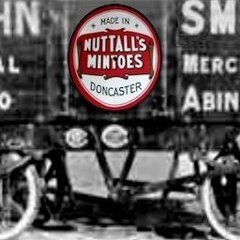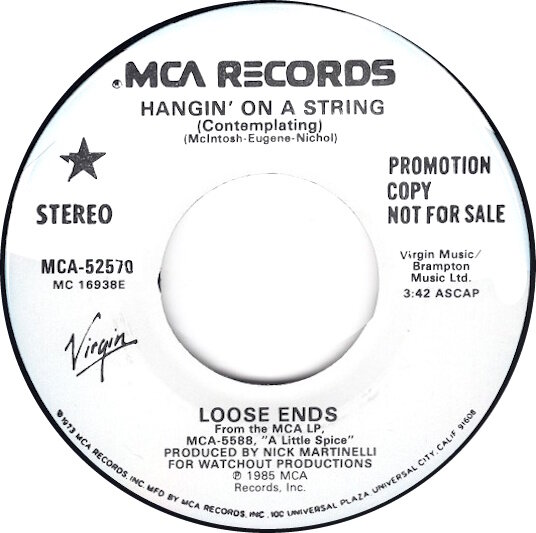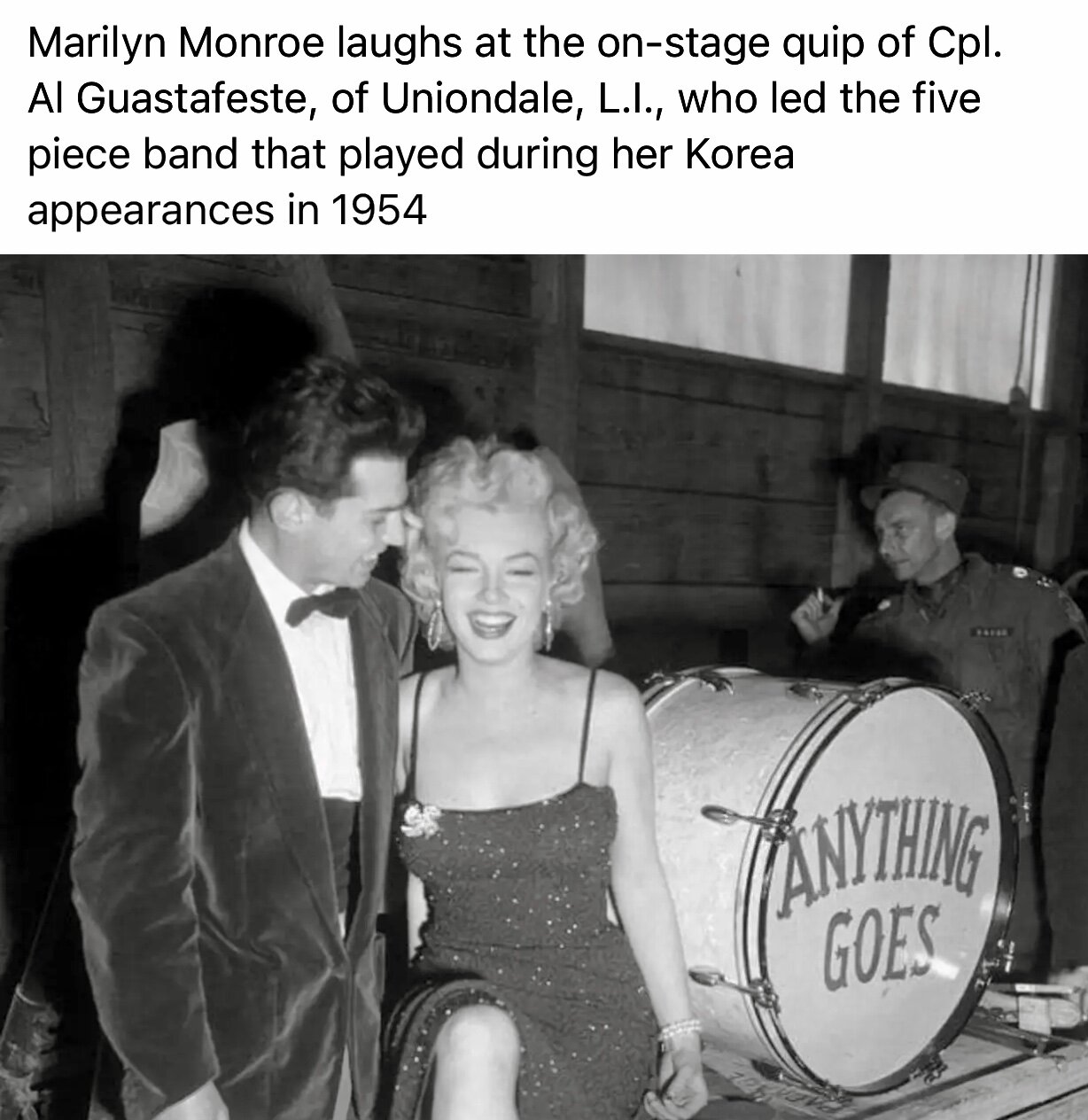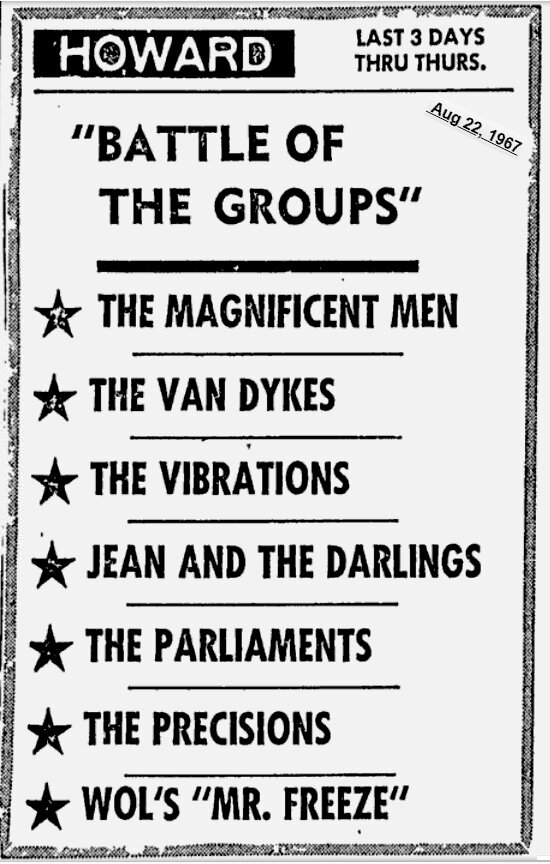- Replies 17
- Views 1.7k
- Created
- Last Reply
Most active in this topic
-
Roburt 8 posts
-
Zoomsoulblue 3 posts
-
Kathryn Magson 2 posts
-
Woodbutcher 2 posts
Most Popular Posts
-
I don't think any of us here in the UK knew when we went to see our favourite bands perform live on stage back in the 60s just how badly they were treated in the States - to us they were our heroes! I
-
I remember being very close to Ike & Tina when they were on stage at The Wheel (it was a very small stage & I was in what would now be called the moshing pit lol). I was surprised to see that
-
It’s simple you break the law you pay the price - it’s called life get on with it - no one’s above the law. I am sure she’s getting advice from legal people, if she appeals and stay great.
Most Helpful Posts
-
Jane Eugene is facing deportation from the US as her visa expired. She's being held by Trump's goons at a ICE Detention Centre in upstate New York. This lady isn’t just a random British tourist who lo









Lots of examples of this down the years, many emanating from the USA .... ... In southern states till after the mid 60's, audiences were segregated for music shows, even those that starred an all black line-up. Anyone getting up to dance to say Little Richard or the Marvelettes at a show would be attacked with billy sticks by the local police if they 'mingled' whilst dancing (each colour had to stay their own side of the dividing rope).
Black acts being told they couldn't eat / sleep / drink in lots of southern food halls & hotels. In Miami, top black acts appearing as the star attraction in the hotel's concert room weren't allowed to eat / drink or stay at those same hotels and they were even banned from entering them via the main front doors. How ingrained this practise was is illustrated by US soul singers who came to the UK in the 60's to tour ... many felt too scared to use the front entrance to the London hotel they were staying in whilst in the city (even when told by their British friends that they had no need to use the service entrance.
The top US music mag -- BILLBOARD -- even abandoned it's black chart (R&B CHART) for a period of around 14 months (up to late Jan 65) as ... there was no need for a black chart with so many R&B records getting in their HOT 100 pop chart. The first R&B chart after Billboard reinstated it (30th Jan 65) showed every 45 as a new entry even though many of them had been on the charts for some months.
All the US major record labels treated 'race music' / black music as a 2nd class citizen right through to the early 60's. The likes of Mercury would include new Rhythm & Blues releases on their full page ads but only as a small section tucked away near the bottom. The likes of RCA never really paid much attention to black acts (apart from a few such as Sam Cooke) until the mid 60's -- by then they had to as black acts were some of the biggest sellers in the US. Right through the 50's / 60's, if there was a popular black record out, the majors would rush out a 'white pop' version of the song to take away many sales from the original version. They'd also get their top white acts to cut covers of popular 'black songs' -- the likes of Elvis, the Crew Cuts, Pat Boone, the Maguire Sisters, Ricky Nelson. In fact, Pat Boone had so many top hits with his insipid covers of R&B songs that his whole career was built on them.
Top black acts had to fight to get bookings (even in the mid 60's) in top night clubs (New York's Copacabana for instance), top tourist resorts (Vegas & Miami Beach) and on US TV shows. It was only the likes of the Supremes, Temptations & other top Motown acts that eventually 'broke through' -- and to achieve that Berry Gordy had to get them to include many show tunes , MOR rubbish in their acts.
Radio wasn't that much better, with most US pop stations ignoring the original black version of a popular song and playlisting the white cover version instead. US Forces radio was no better -- by the late 60's, the vast majority of soldiers sent to fight in front-line positions in Viet Nam were black guys. Loads were being called up & sent over there only to return in body bags (they weren't allowed to use 'bone spurs' as a way of avoiding service). Even though the military audience for Forces radio was substantially black, AFN didn't have much interest in programming black records. Up to Feb 69 a breakdown of AFN music content showed these % ... ... .. .. ... .. 24% MOR , 21% white rock / pop, 11% easy listening, 10% c & w, 7% classical, 5% jazz & 4% R&B. It was only because of overwhelming demand that they started R&B shows hosted by the likes of Barbara McNair & Hernan Griffin to meet their audience's needs.
At least, in this country, we only treated black acts as inferior second-classers on very few occasions. In fact we usually treated visiting US singers / groups with great respect (not something that could always be said about how our Caribbean immigrant UK based acts were often treated). It wasn't just coincidence that DAVE GODIN used to end his B&S articles with the 'DO WHAT'S RIGHT, NOT WHAT'S WHITE' statement back in the day.
Of course, in the 'wider world' across America, many other injustices occurred. When politicians deemed it necessary for major freeways to be constructed to connect into city centres, it was just about always black neighborhoods that would be selected as the route for these wide roads. The likes of Miami, Detroit, Chicago & many other cities had their main black housing areas demolished. With their clientele scattered to the 4 winds, the local black businesses (hotels, clubs, bars, shops) would soon have to close down. . . . . I'm sure lots of other examples of discrimination in the music world have gone unlisted above ... anyone want to list any others I've missed ...
Edited by Roburt